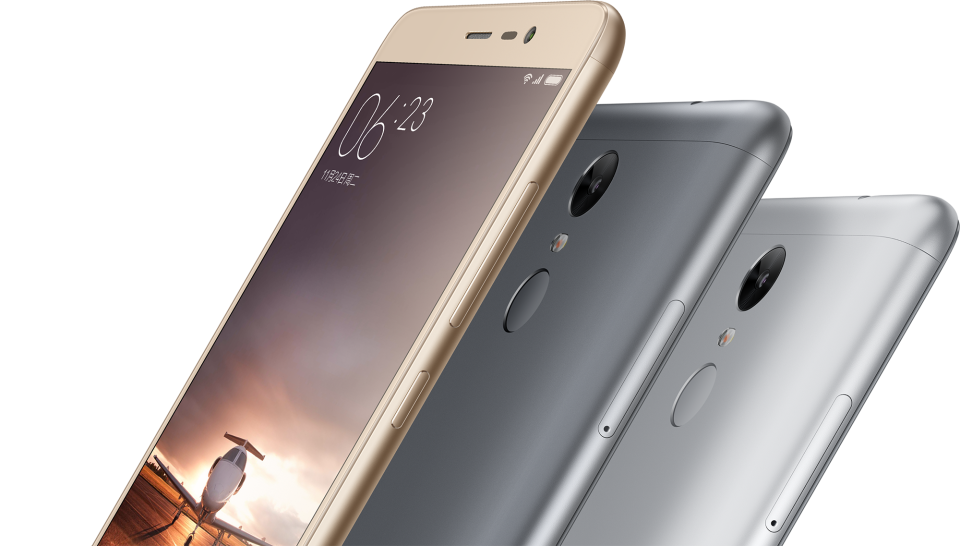Xiaomi's latest phone is cheap, metal and has a fingerprint sensor

Just three months after launching the Redmi Note 2, Xiaomi is back with its successor. The Redmi Note 3 is, unsurprisingly, another mid-range handset with decent specs and a staggeringly low base price: $141, or more importantly RMB 899, given that it's only headed to China at the moment. For the money you're getting a full metal body and a 5.5-inch, 1080p display. Underneath is the same MTK Helio X10 processor found on the Redmi Note 2, along with 2GB of RAM and 16GB of storage. If you're willing to pay a little extra, however (RMB 1,099, or $172) you can upgrade to 3GB of RAM and 32GB of storage instead.
The handset is a little pricier than its colorful predecessor, but in return Xiaomi is offering a few features normally reserved for flagships. There's the fingerprint sensor on the back -- a first for the company -- which unlocks the phone in 0.3 seconds and integrates with Xiaomi's new Mi Wallet service. The phone also packs an enormous 4000mAh battery, with fast-charging support that replenishes up to 50 percent in a single hour. Not to mention the new metal build, which comes in gold, silver and dark grey. I prefer the playful plastics wrapped around the Redmi Note 2, but I can't deny this new design is more luxurious.
A new Mi Pad

Xiaomi has more than just a new phone to show off today though. Along with the Redmi Note 3, the Chinese company unveiled the Mi Pad 2, a long overdue upgrade for its 7.9-inch slate. The screen boasts the same high resolution of 2,048 x 1,536, which works out at 326 pixels-per-inch with a 4:3 aspect ration. It's available in either dark grey or champagne gold -- yep, Xiaomi's bright colors are slowly being retired -- and runs on a 2.24GHz quad-core Intel Atom processor, coupled with 2GB of RAM and 16GB of storage.
That configuration runs on MIUI 7, Xiaomi's custom Android skin, and costs RMB 999 ($156). It's a nice-looking Android tablet, just not one that's particularly surprising. If you choose the 64GB model for RMB 1299 ($203) though, the device suddenly becomes a lot more interesting. Why? Well, at that price you can pick between Android and Windows 10. While the latter is certainly skewed towards desktop users, it does still offer a dedicated tablet mode. If you've been looking for a cheap way to access Microsoft's new OS -- say, to stream your Xbox One games from the living room -- this could be an attractive piece of hardware. For everyday use, however, we suspect most will prefer Google's mobile OS. At least until Xiaomi starts building its own Surface-style keyboards and styluses.




